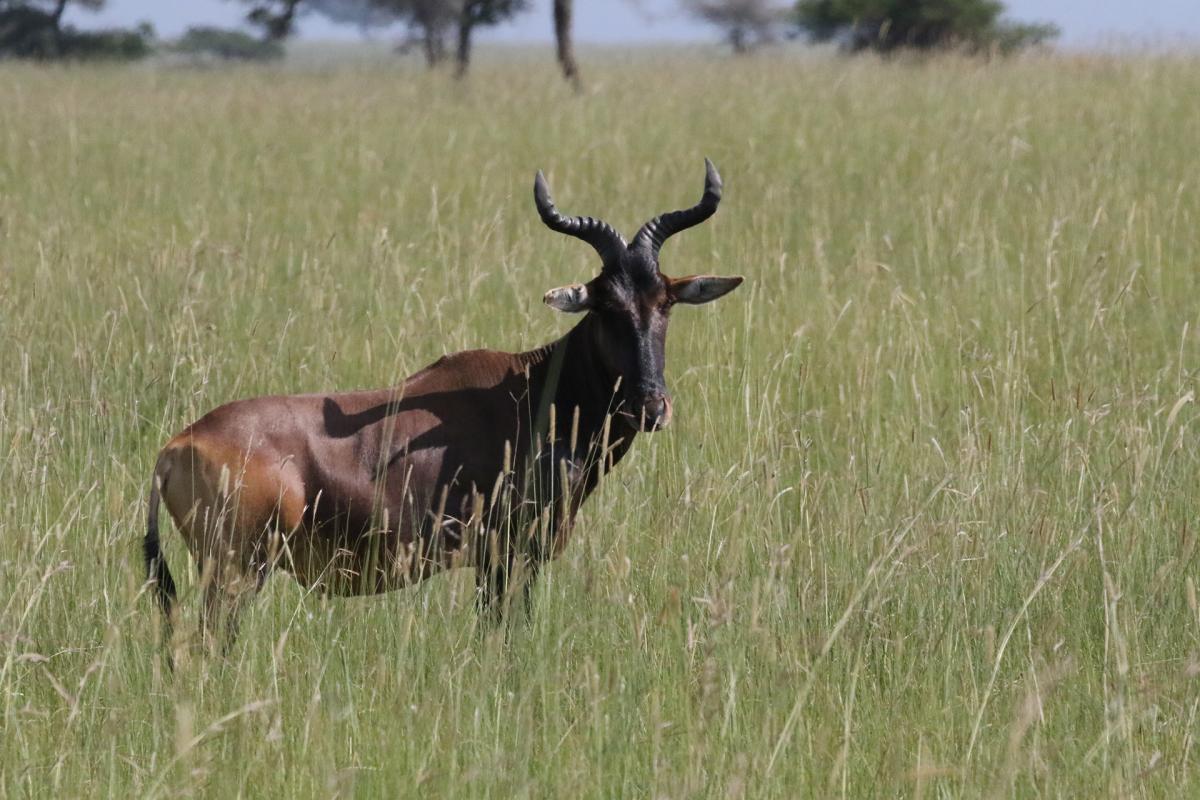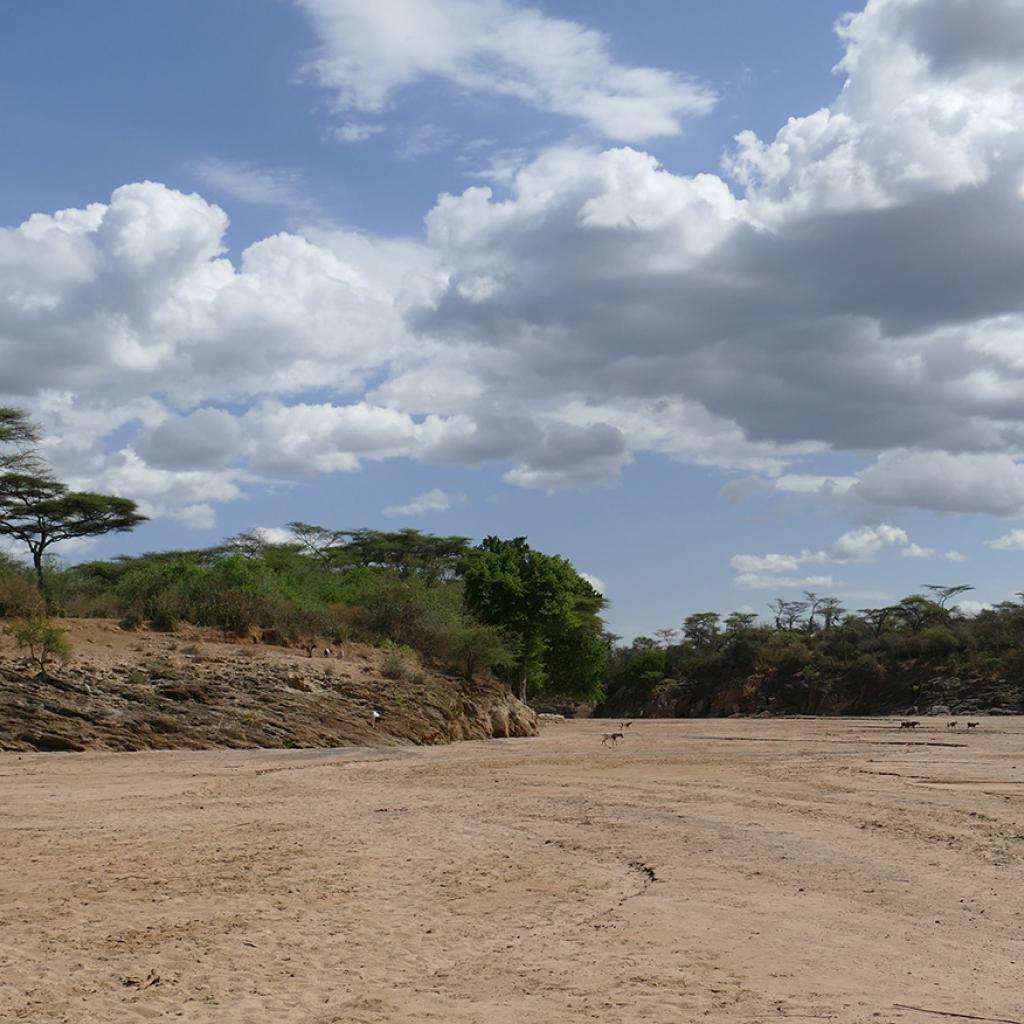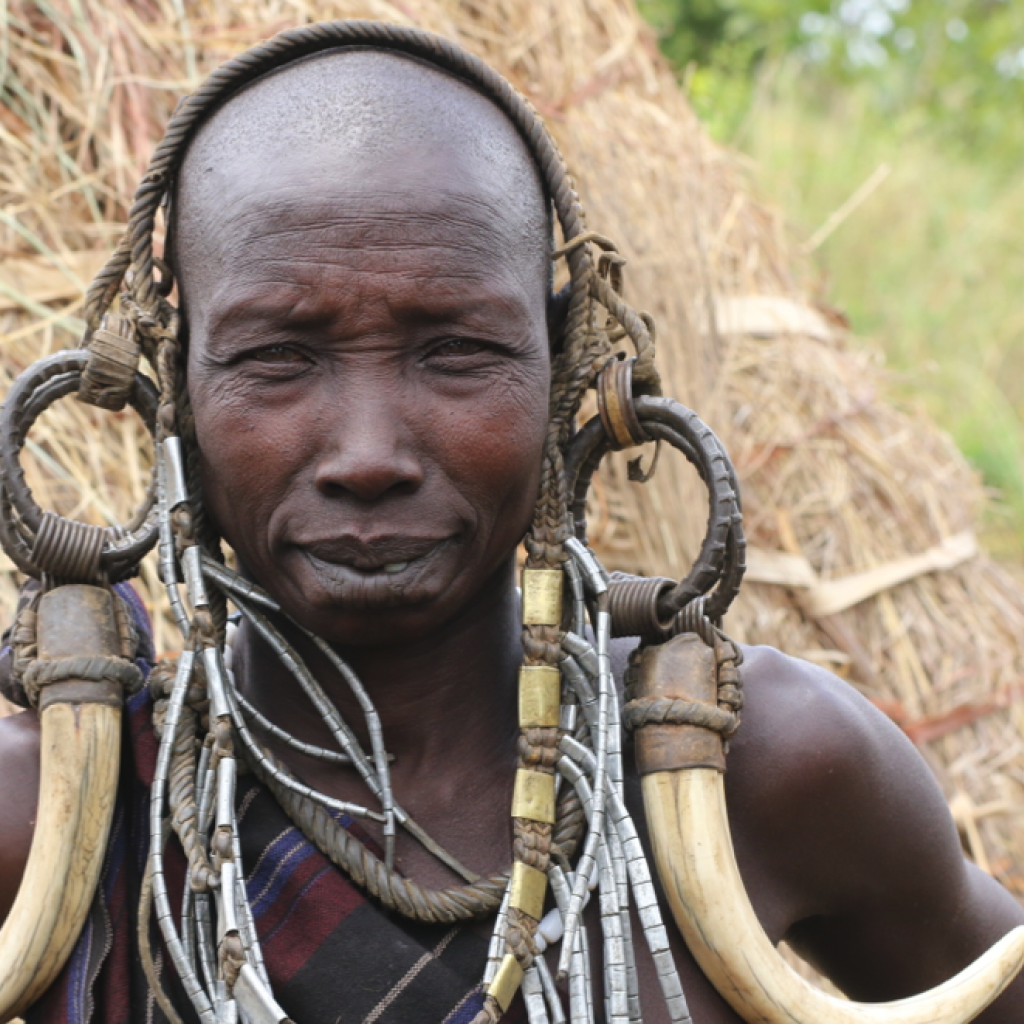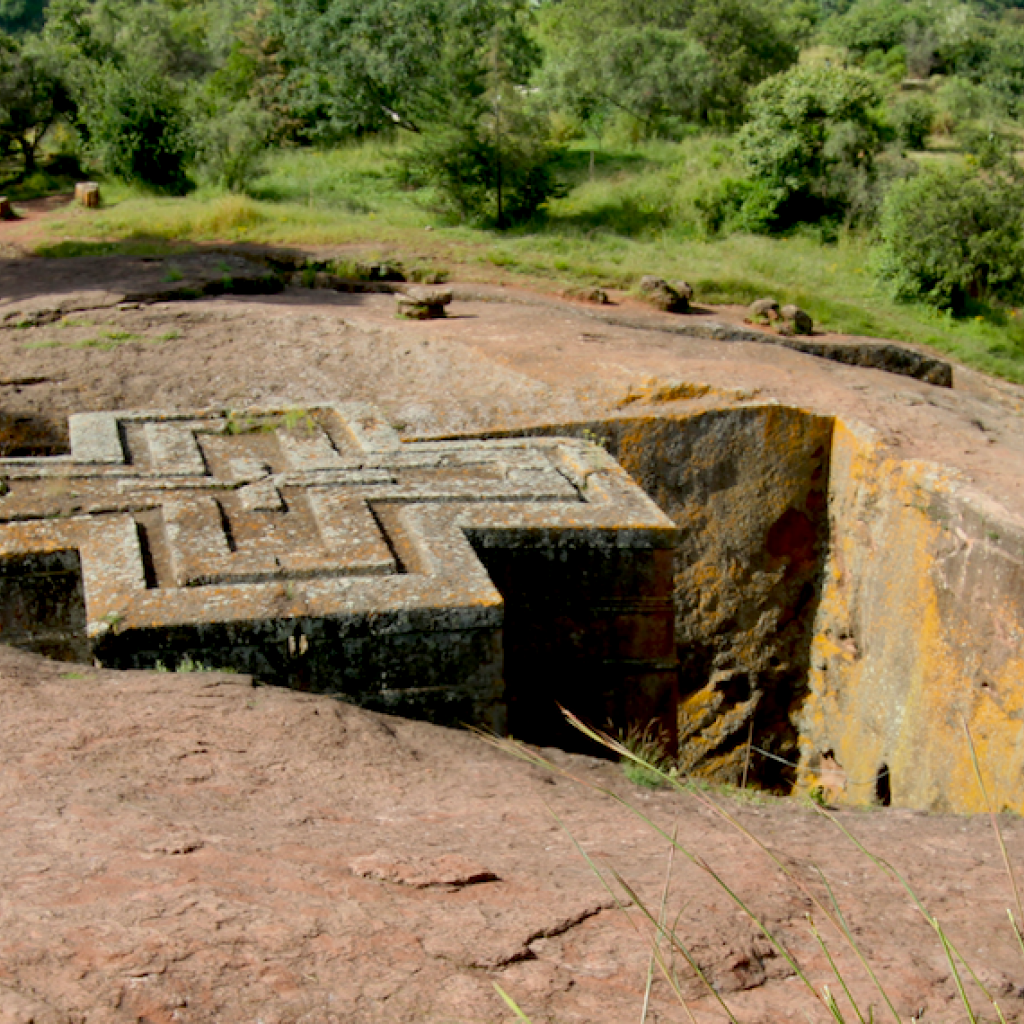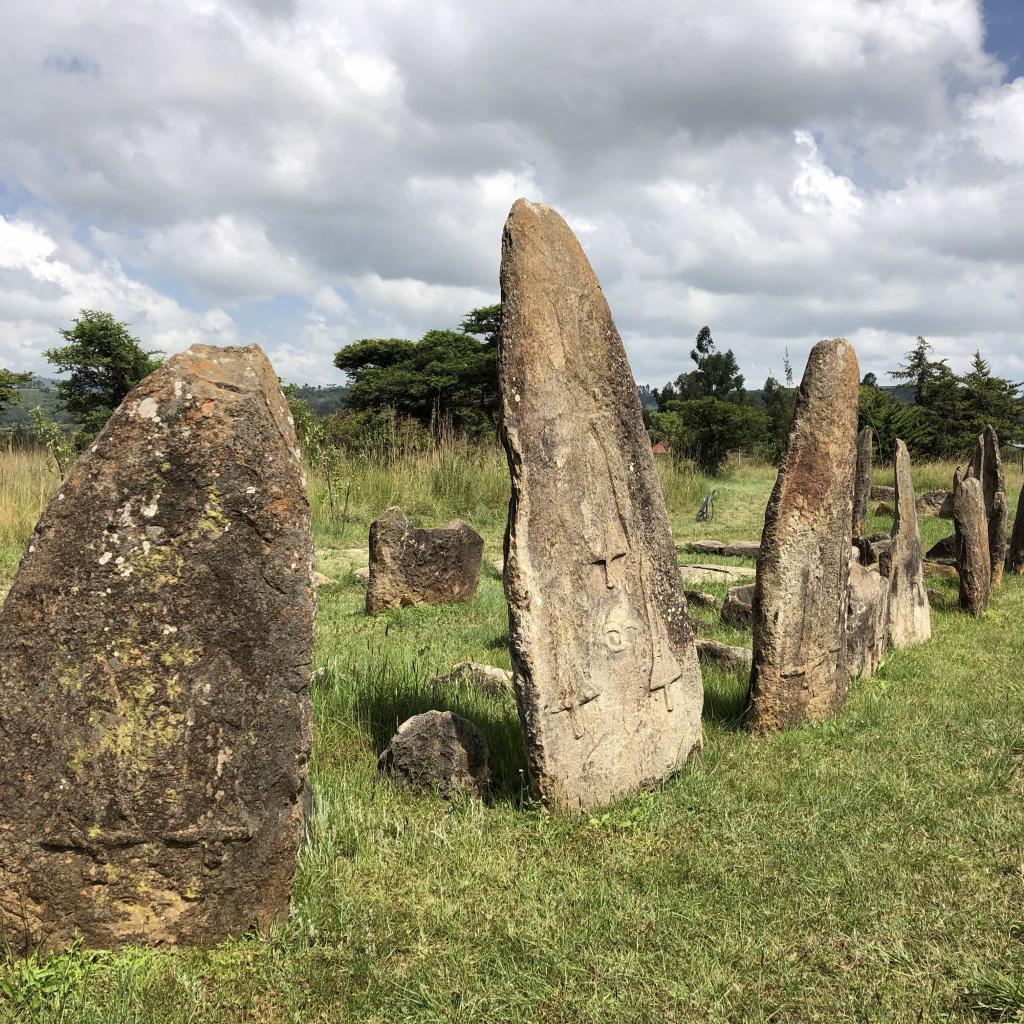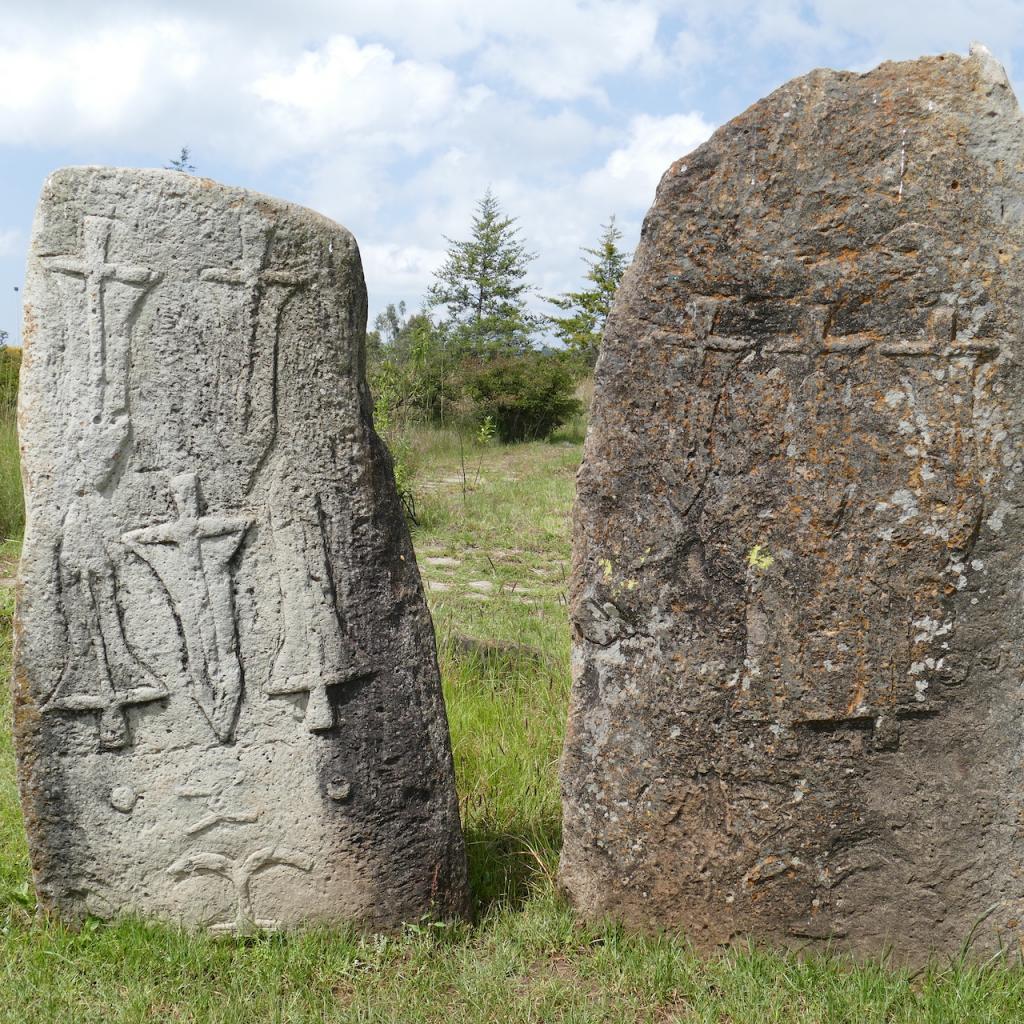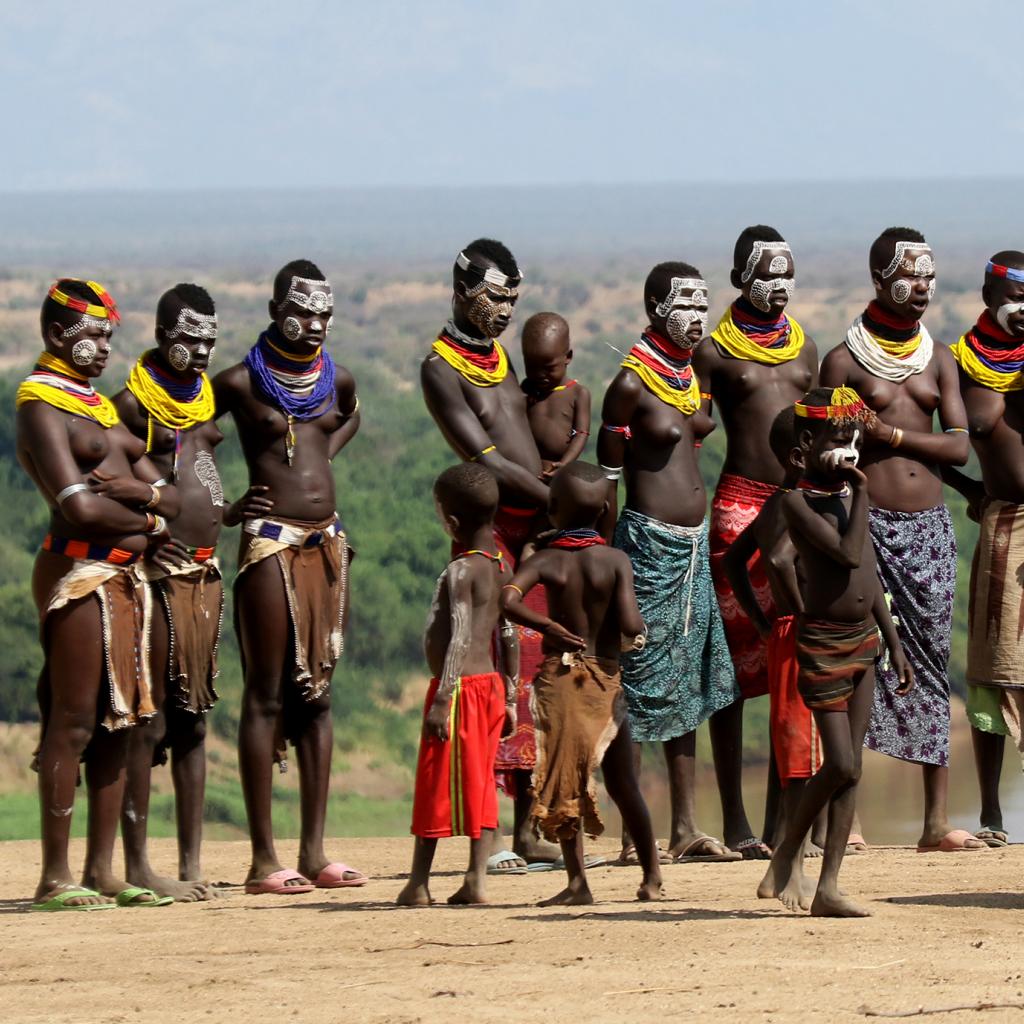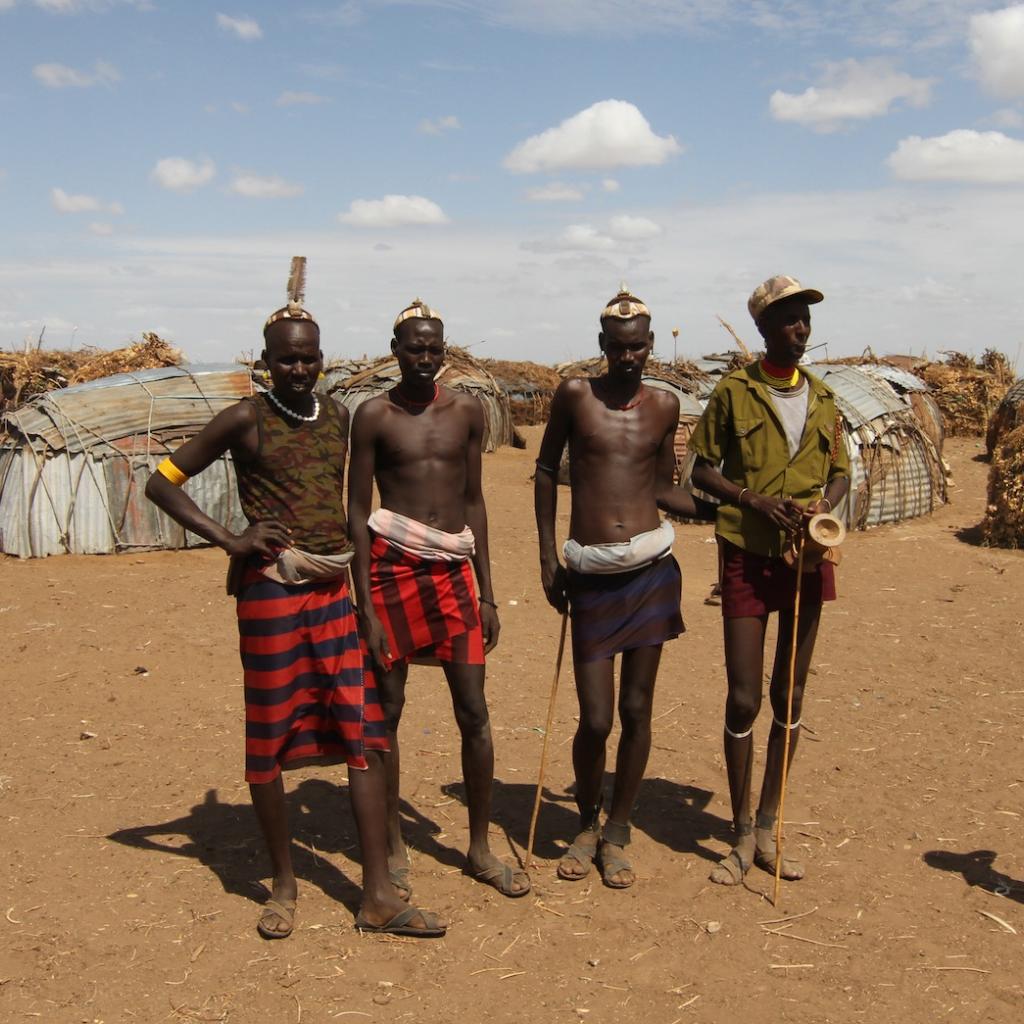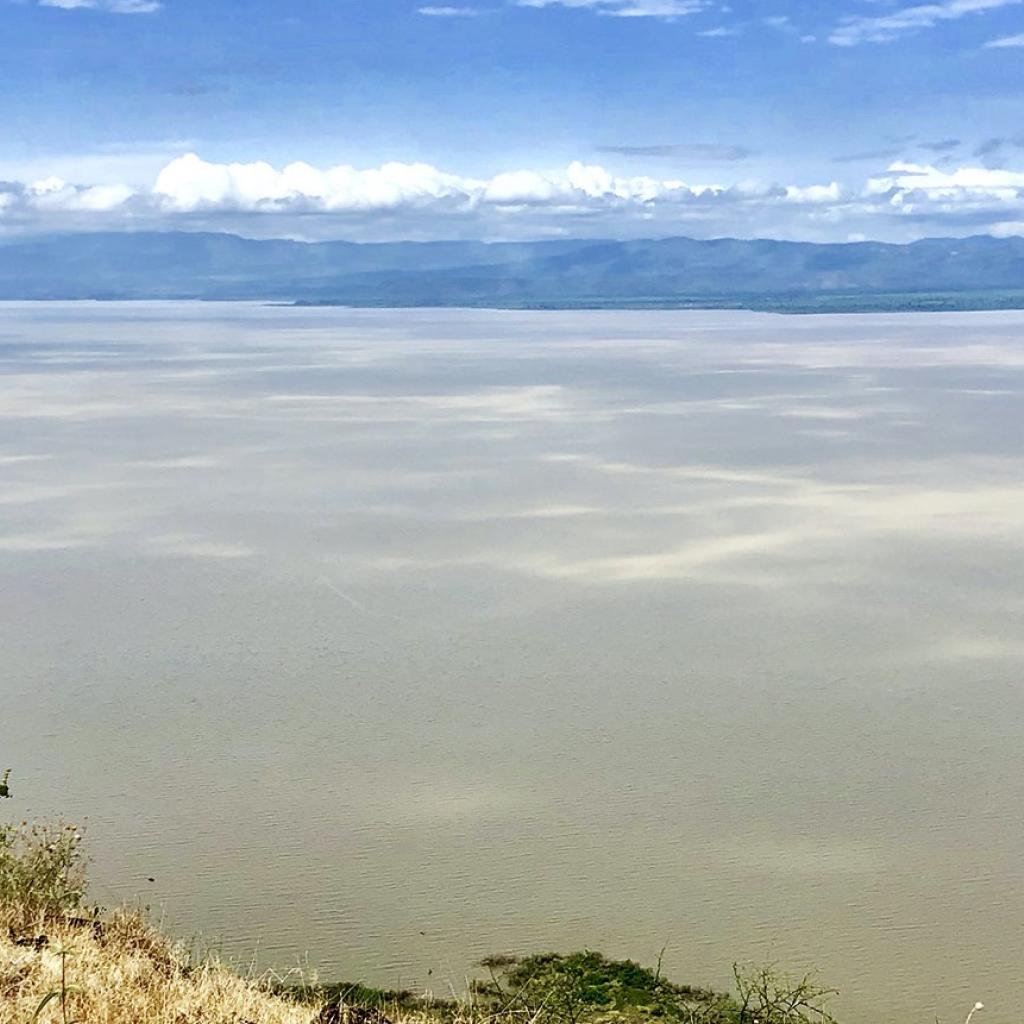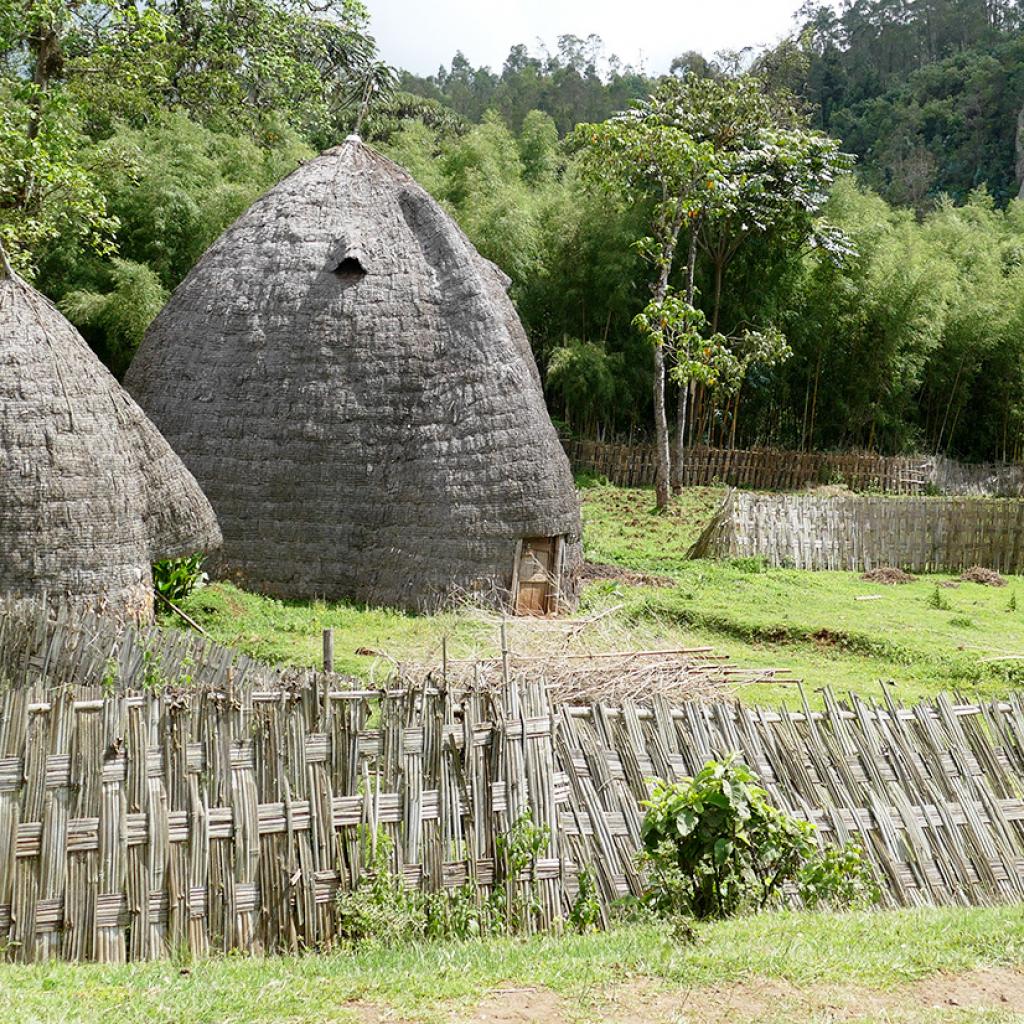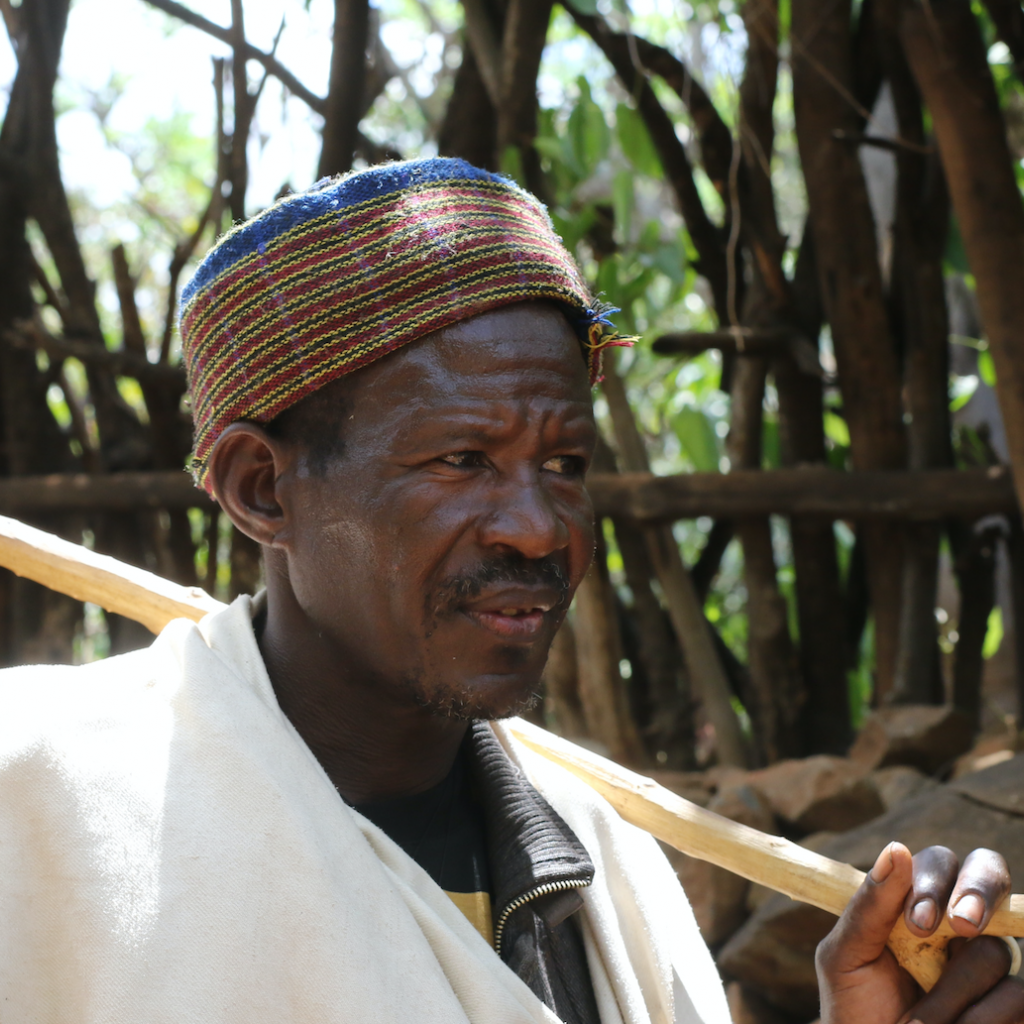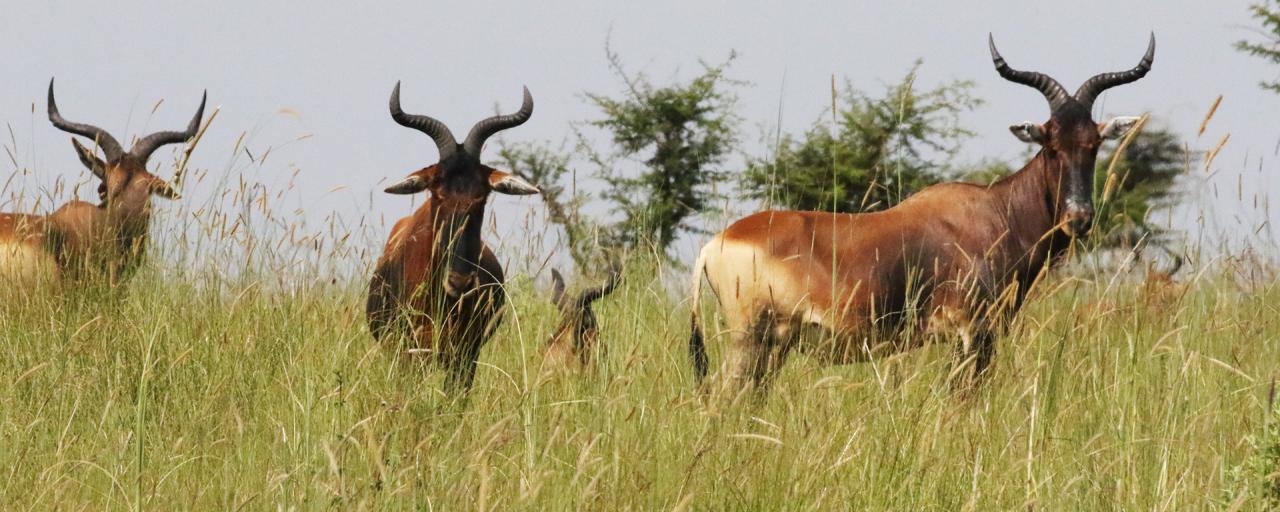
The Senkele Swayne's Hartebeest Sanctuary in Ethiopia
On the soft, tall grass-covered hills of the Great Rift Valley in Southern Ethiopia is the Senkele's Swayne Hartebeest Sanctuary.
The Senkele Sanctuary of Swayne Hartebeest is a protected area in the Oromia region of Ethiopia and is dedicated to the protection of the Swayne Hartebeest, a species of hawk that is present only in these areas of Africa; with an area of 54 sq km, the reserve is located near the town of Aje.
The Senkele Shrine was established to protect the largest Hartebeests of Swayne population in Ethiopia.
This mammal is endemic to the country and in the past it risked extinction, the original herd in fact consisted of 3,000 specimens but, especially at the end of the 1980s, it was reduced to a few hundred due to poaching: instead today, also thanks to the protection guaranteed by the sanctuary, the population of this herbivore is experiencing a period of prosperity.
This species of hartebeest is named after Colonel Harald George Carlos Swayne a British naturalist and military who first identified the species in Somaliland in 1891.
The Senkele Swayne Hartebeest Shrine, or SSHS, was founded in 1971 during the reign of Ethiopian Emperor Haile Selassie I; the emperor was later dismissed, in 1974, by a military junta called Derg.
The Derg, during its 13 years of power, maintained strict control over protected areas, including the Senkele Swayne Hartebeest Shrine, banning hunting and human settlement.
The Derg government ended in 1987 and this was followed by a period of political uncertainty that lasted until 1991; unfortunately in these years the parks and sanctuaries were left unattended and became vulnerable, there was a surge in poaching aimed at procuring meat.
Indiscriminate poaching caused a huge decrease in specimens, not only of Swayne Heartbeests but also of several other species, many of which came dangerously close to extinction.
The Swayne Heartbeest was saved from the sad fate of extinction thanks to the work of an Oromo religious leader, an Aba Gada, who formed a committee and hired guardians to protect the sanctuary.
The Gada is a traditional governance system of the Oromo people in Ethiopia, this has been handed down from generation to generation for hundreds of years; in 2016 it was registered in the representative list of the Intangible Cultural Heritage of Humanity by UNESCO.
The Aba Gada, the leaders of the Gada, are those who lead the Oromo clans.
The Gada stipulates that wild animals and nature in general must be respected, so since the religious leader decided to protect the Sanctuary and the Swayne Heartbeest, poaching stopped as killing a heartbesst was as bad as killing a man.
Today, many inhabitants of the region near the Senkele Swayne Hartebeest Shrine say they are happy with the existence of the sanctuary and the fact that the Swayne Hartebeest have been saved from extinction.
The Senkele Swayne Hartebeest Sanctuary is one of the few protected natural areas in Ethiopia and, in addition to government activity, that is sometimes inefficient, it can still count on the commitment and protection of the Aba Gada and the local community, increasingly understanding its importance.
The population often plays an active role in the protection of Swayne Heartbeest, trying to safeguard this species.
In fact, it has happened that some specimens of heartbeest have moved away from the sanctuary and went to some nearby villages where they were found grazing; the population promptly alerted the authorities and also helped the rangers to bring back the specimens of hearbeet within the boundary of the sanctuary.
Unfortunately, the Swayne Heartbeests are not totally out of danger: sometimes there are episodes of predation or they are threatened by illegal grazing of cattle inside the sanctuary.
Ranger patrols are active 24 hours a day inside the sanctuary to protect the heartbeests and their cubs from predators such as hyenas and wolves.
Today in the Senkele Swayne Hartebeest Sanctuary there are 850 specimens and the population is healthy and this is also demonstrated by the number of puppies that are born every year, only in 2016 30 were born.
The hope is that the sanctuary will, in the near future, benefit from the influx of tourists, who today are still limited, especially as regards nature; but the Senkele is located in a transit position among Addis Abeba and the Rift Valley Lakes and the Omo Valley.
To visit the Senkele Swayne Hartebeest Sanctuary it is necessary to be accompanied by a ranger who gets in the car with the visitors.
Inside the sanctuary there are some dirt roads that can be traveled by car, and it is also possible to venture on foot, both on the slopes and in the prairies to get closer to the heartbeests, following the ranger.
